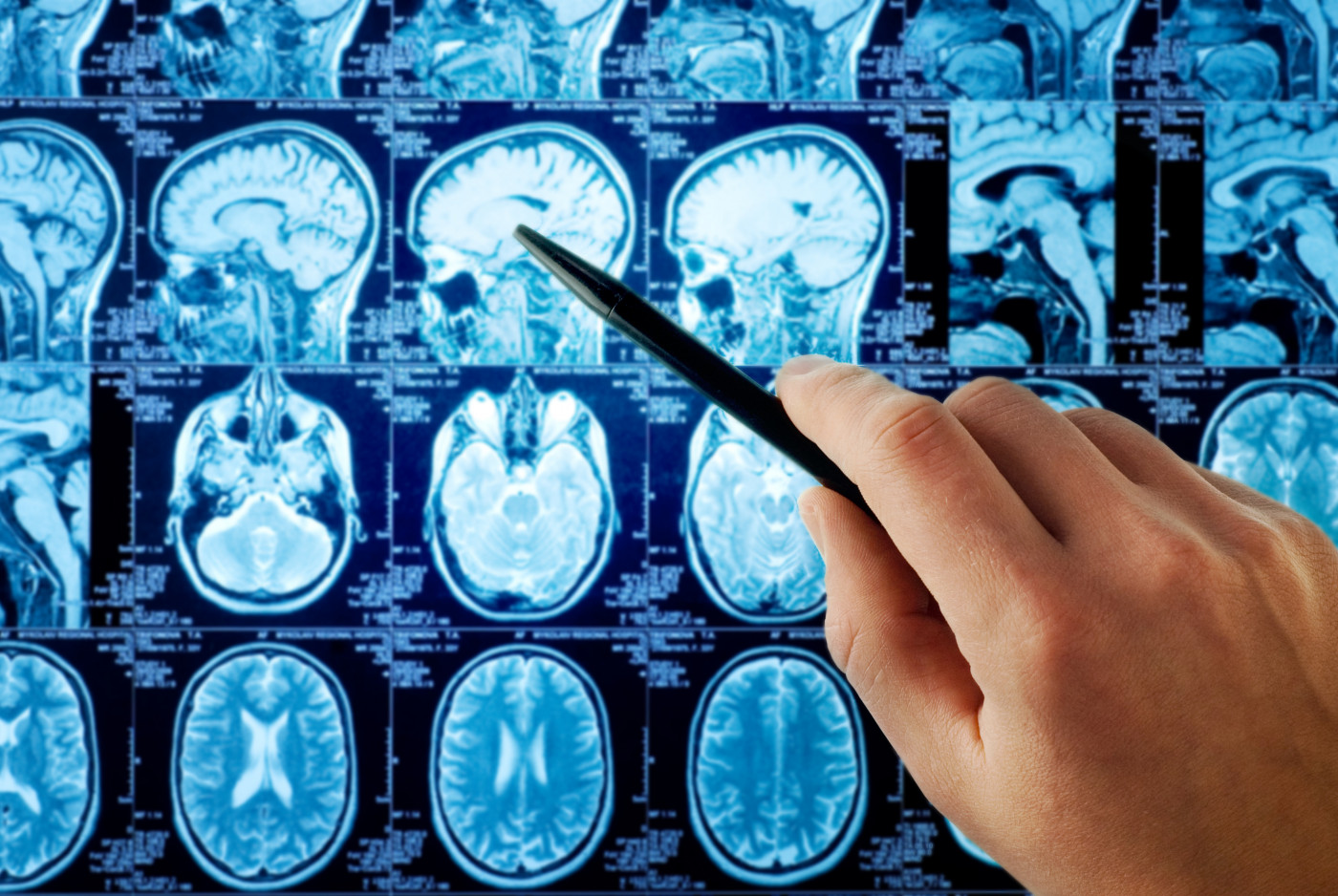#MSVirtual2020 – MRI Changes Can Reflect Function in Progressive MS, Study Says
Written by |

Triff/Shutterstock
Certain MRI measures of the brain and spinal cord directly associate with functional improvements in people with progressive multiple sclerosis (MS), a new study reports.
According to BrainStorm Cell Therapeutics, these data will help in determining the benefits of NurOwn, the company’s stem cell-based therapy, in progressive MS patients participating in its ongoing Phase 2 trial (NCT03799718). This trial is enrolling up to 20 eligible adults at sites in the U.S.; information is available here.
Findings from this new study — called SysteMS — are in a poster to be presented at the MSVirtual2020 meeting, a joint Americas Committee for Treatment and Research in Multiple Sclerosis (ACTRIMS) and European Committee for Treatment and Research in Multiple Sclerosis (ECTRIMS) online conference set for Sept. 11–13.
“In this analysis, we have demonstrated a correlation between specific brain and spinal cord MRI measures and observed functional improvements in progressive MS patients,” Tanuja Chitnis, MD, a professor of neurology at Harvard Medical School, senior neurologist at Brigham and Women’s Hospital, and director of the Comprehensive Longitudinal Investigations in MS at the Brigham (CLIMB Study), said in a press release.
“We are grateful to the joint ACTRIMS/ECTRIMS abstract committee for allowing us to present these data,” Chitnis added.
SysteMS is part of CLIMB, a large and long-term study designed to specifically investigate the course of MS in the context of today’s treatments and technologies.
In this sub-study, Chitnis and colleagues analyzed MRI data on 48 people with primary progressive MS (PPMS) or non-active secondary progressive MS (SPMS), who met the inclusion criteria of those participating in the NurOwn trial.
These patients underwent a series of analyses designed to assess multiple MRI measures, including brain and lesion volumetric analysis, and mean upper cervical cord (MUCCA) analysis within one or two years of their baseline MRI scan, that taken when they first entered the CLIMB study. (MUCCA analysis helps to assess the severity of spinal cord atrophy, or shrinkage, in a person.)
These analyses enabled investigators to collect information on 34 MRI measures. The measures were then compared between patients whose functional outcomes had improved and those with a stabilization or worsening of such outcomes.
Functional outcomes were assessed via the 9-hole peg test (9HPT) and the timed-25-foot-walk (T25FW) test, two well-established function measures in people with progressive MS.
Between the study’s start and one to two years later, 9HPT scores improved for 17 of these patients, and worsened or stabilized in 29 others.
Brain volume at the study’s start and follow-up was greater in the group whose 9HPT scores had improved, compared with those with poorer or equivalent 9HPT scores.
Likewise, gray matter volume at follow-up was also greater in patients with better 9HPT scores over these years. Of note, gray matter denotes regions of the central nervous system (brain and spinal cord) made up of neuron cell bodies.
Over one year, 18 patients saw their T25FW scores improve, while 27 saw them either stabilize or worsen. The volume of deep white matter lesions at the study’s start and follow-up was greater in those whose T25FW scores remained the same or worsened, compared with patients with improving scores.
White matter refers to regions of the central nervous system made up of nerve fibers containing myelin, the fatty substance that wraps around and protects nerve endings.
No associations were found between measures of MUCCA and functional improvements.
“The important MRI correlations with measures of functional improvement in this matched natural history cohort will provide helpful context as we evaluate the clinical outcomes from our ongoing Phase 2 trial of NurOwn in patients with progressive MS and hopefully bring us a step closer to offering a new treatment option to individuals living with this devastating disease,” said Chaim Lebovits, CEO of BrainStorm.
NurOwn, a cell-based therapy for neurodegenerative disorders, uses mesenchymal stem cells (MSCs) — cells that are able to give rise to nearly all tissues found in the body — isolated from a patient’s own bone marrow.
Isolated MSCs are then grown in a lab dish and differentiated into cells that produce high levels of neurotrophic factors (NTF) — compounds that promote the growth and survival of nerve cells. These modified cells, known as MSC-NTF, are returned to patients through injections into the spinal canal (intrathecal injections).
Progressive MS patients, ages 18 to 65, enrolled in this open-label NurOwn study will be given three intrathecal injection treatments spaced over 16 weeks, and then followed for another 12 weeks.
The Phase 2 trial’s primary goal is safety, measured through reports of adverse events up to 28 weeks (about seven months) post-treatment. Secondary goals include changes in functional test scores like the T25FW or 9HPT, and in levels of neurotrophic factors.
In addition to this progressive MS study, a pivotal Phase 3 trial (NCT03280056) is underway in the U.S. to assess the cell therapy’s safety and efficacy in people with amyotrophic lateral sclerosis (ALS).
BrainStorm is also planning to explore NurOwn in other neurological disorders, including Huntington’s disease, Parkinson’s disease, and autism spectrum disorder.





